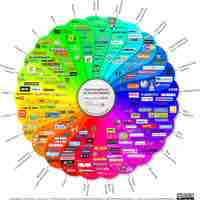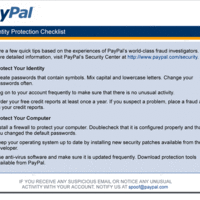Chapter 15
Social Media Marketing
By Boundless

Social media websites and applications allow users to create and exchange user-generated content on the web.

Social media serves as a cost-effective communication channel for promoting brands to target audiences.

Digital marketing uses internet-connected devices to engage consumers with online advertising, primarily through pull or push methods.

Types of Internet advertising include banner, semantic, affiliate, social networking, and mobile.

Mobile marketing is the practice of promoting brands over mobile devices such as smartphones, portable media players and tablets.

Understanding consumers' social behavior online and offline is essential to developing viable marketing communications strategies.

Consumer-generated content can be text, images, video or other digital information posted and shared by end-users.

Web advertisers study online behavior and use the results to increase the effectiveness of their campaigns.

Social media applications for mobile devices are an effective way to advertise to consumers because consumers spend so much time on their mobile devices.

The World Wide Web has become a key commercial center, and thus, an increasingly important place where companies target potential customers.

Marketing teams must adjust their marketing mix strategies accordingly to adapt and succeed in a rapidly changing media environment.

Marketing campaigns can be enhanced through the use of mobile apps, designed to run exclusively on smartphones and tablets.

Real-time and location-based web are key trends for marketers to understand as they try to develop image, create awareness, and increase sales.

Digital media technologies are enabling researchers to use increasingly sophisticated tools to collect data via the Internet.

Consumer privacy issues revolve around the legal (and illegal) use and extraction of user data on websites and social media platforms.

Consumer education, web security tactics, and government legislation are measures used to protect consumers from potential fraud.

The proliferation of digital assets has created questions about how to apply traditional copyright laws to intellectual property on the web.